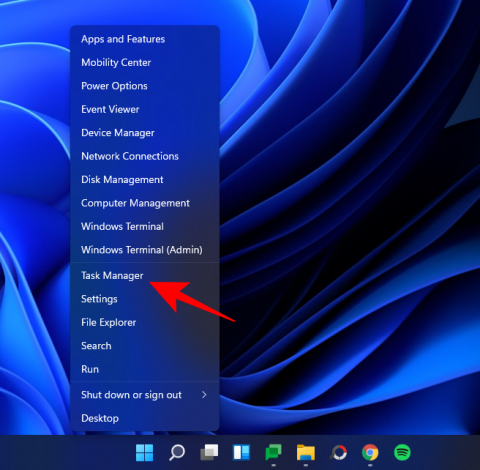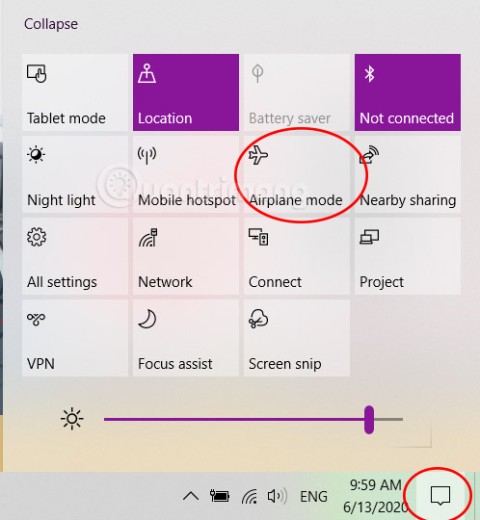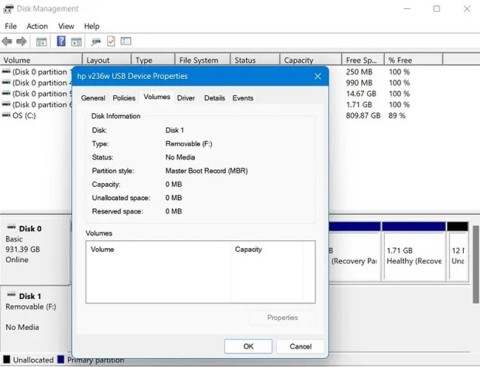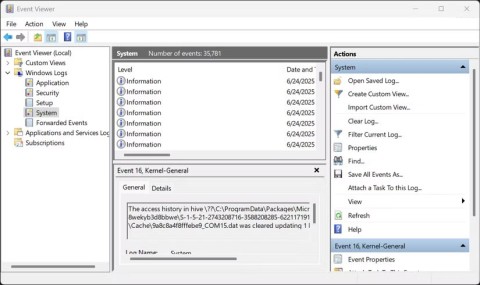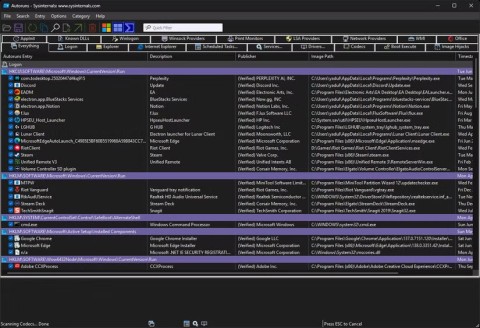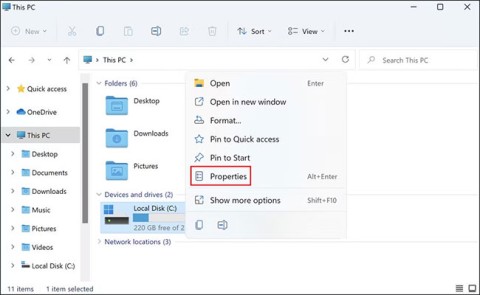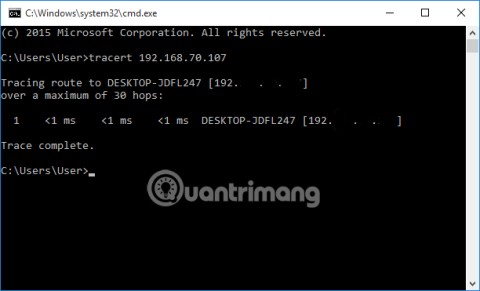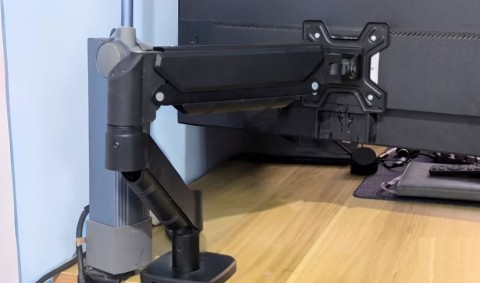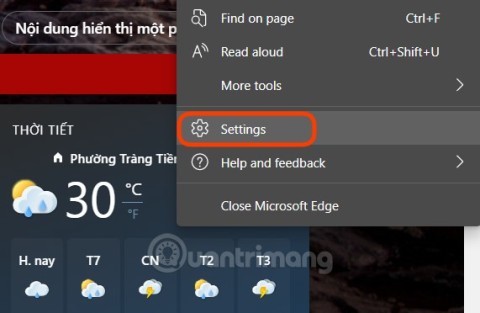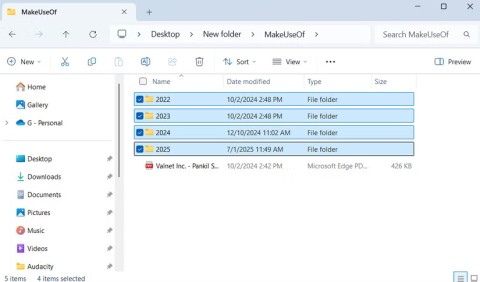
Windows Explorer е шлюзът към графичния потребителски интерфейс (GUI), с който навигираме в операционната система Windows. Това е потребителската обвивка, която позволява на човек да изследва работния плот, файловия мениджър, менюто "Старт" и лентата на задачите, както и множество други неща, свързани с него. В определени ситуации може да се наложи да го рестартирате, като например, когато един или повече от елементите му започнат да не работят или ако екранът ви замръзне.
С Windows 11 Microsoft значително подкрепи Windows Explorer и „централизира“ цялото изживяване. Но начините за рестартиране са все същите. Тук ще разгледаме как да рестартирате Windows Explorer и какво се случва, когато го направите.
Съдържание
Какво се случва, когато рестартирате Windows Explorer (и кога трябва да го направите)?
Рестартирането на Windows Explorer е точно като рестартирането на всяко друго приложение – изключва потребителската обвивка и я стартира отново. Това означава, че всички процеси, които зависят от него, като работния плот, лентата на задачите, менюто "Старт" и File Explorer, ще се презаредят, като по този начин ще коригират всички малки проблеми, които може да е имало. Ако системата ви замръзва или изостава, рестартирането на Windows Explorer често е достатъчно, за да разреши проблема.
Добре е да знаете как да го направите, тъй като това е един от най-бързите начини за коригиране на запъване на работния плот или неотговаряща лента на задачите. Windows Explorer трябва да се рестартира всеки път, когато правите промени в системния регистър HKEY_CURRENT_USER, което е още една причина да знаете как да го направите.
Можете също така просто да прекратите Windows Explorer, без да го рестартирате. Ако го направите, ще останете с празен работен плот без лентата на задачите или менюто "Старт". Файловият изследовател също няма да бъде наличен. Но да го стартирате отново е трудно.
Свързано: Как да нулирате Windows 11
Рестартирайте File Explorer на Windows 11
Ето всички начини, по които можете да рестартирате Windows Explorer на Windows 11. Имайте предвид, че въпреки че визуалните препратки, показани в това ръководство, са за Windows 11, тези методи работят и за Windows 10.
Метод #01: Използване на диспечера на задачите
Първо, отворете диспечера на задачите, като натиснете Ctrl + Shift + Escедновременно. Освен това можете просто да щракнете с десния бутон върху менюто "Старт" и да изберете " Диспечер на задачите" .
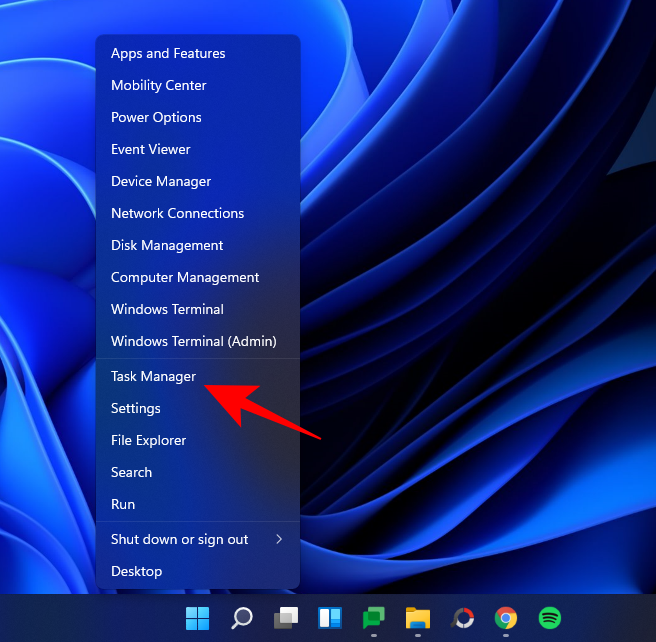
Щракнете върху Още подробности, ако диспечера на задачите се отвори в миниатюрна форма.
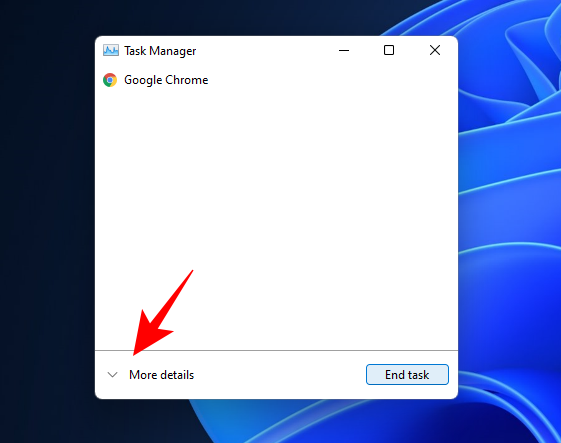
Превъртете през процесите и намерете Windows Explorer. Изберете го и след това щракнете върху Рестартиране в долния десен ъгъл.

Визуалните елементи на вашия екран ще изчезнат за момент и след това ще се върнат. Това означава, че Windows Explorer е бил успешно затворен и рестартиран.
Свързано: Как да деинсталирате актуализации на Windows 11
Метод #02: Използване на командния ред/Windows Terminal/PowerShell
Друг начин за рестартиране на Windows Explorer е чрез терминал на Windows, като командния ред или PowerShell. В нашия пример отиваме с първия, но командите са еднакви и за двете.
Натиснете Старт, въведете cmd (или powershell) и след това щракнете върху Изпълни като администратор .
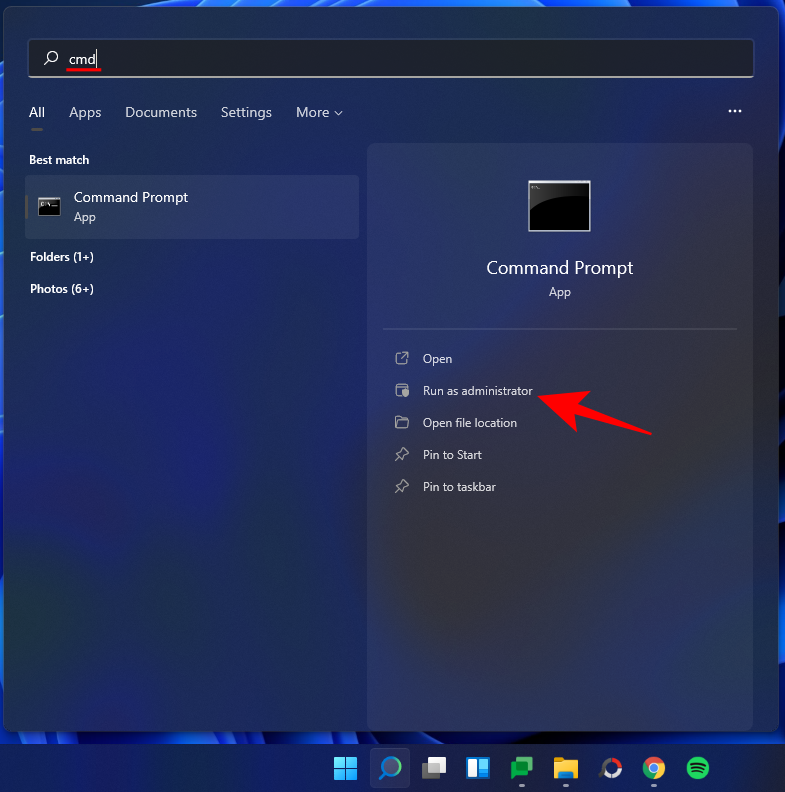
Сега въведете следната команда:
taskkill /f /im explorer.exe

След това натиснете Enter. Веднага след като направите това, ще видите, че работният плот става черен и менюто "Старт" и лентата на задачите изчезват. Това означава, че сте затворили успешно Windows Explorer. За да го стартирате отново, въведете следната команда:
start explorer.exe

След това натиснете Enter. Визуалните елементи ще се върнат незабавно.
Метод #03: Използване на пакетен скрипт
Можете също така да създадете пакетен скрипт за рестартиране на Windows Explorer, така че следващия път, когато трябва да го направите, трябва само да щракнете двукратно върху него. Ето как:
Щракнете с десния бутон върху работния плот и изберете Нов > Текстов документ .
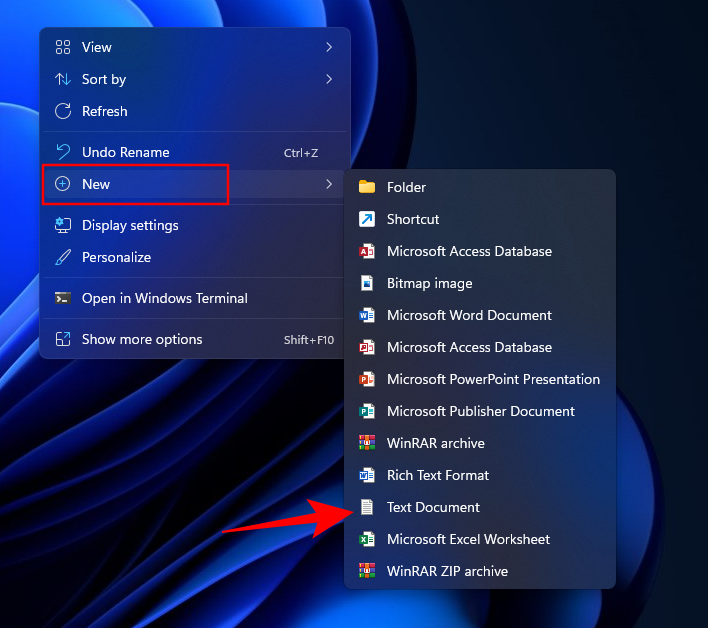
Отворете този файл на Notepad, след което въведете следното:
@echo off
taskkill /f /im explorer.exe
start explorer.exe
Като алтернатива можете да копирате горното и да го поставите в текстовия документ.
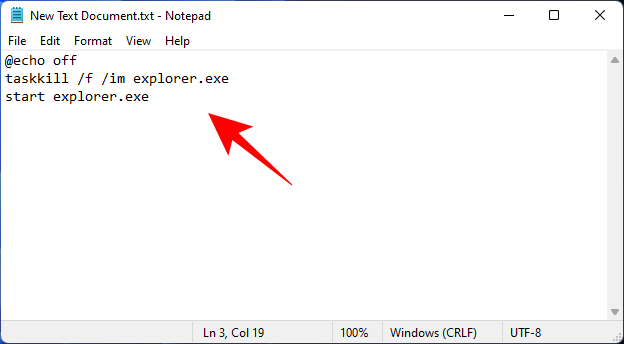
След това щракнете върху Файл .
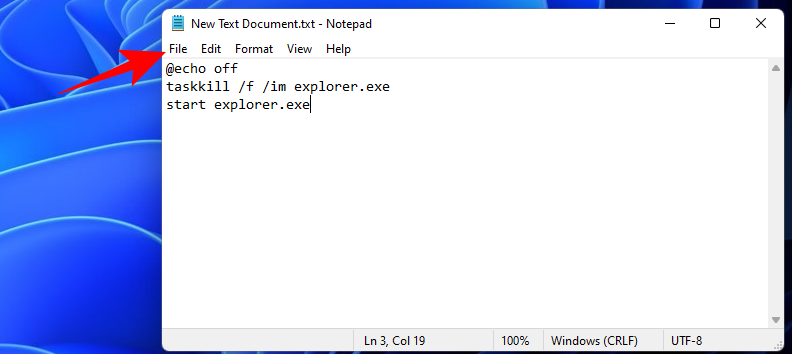
Изберете Запиши като .
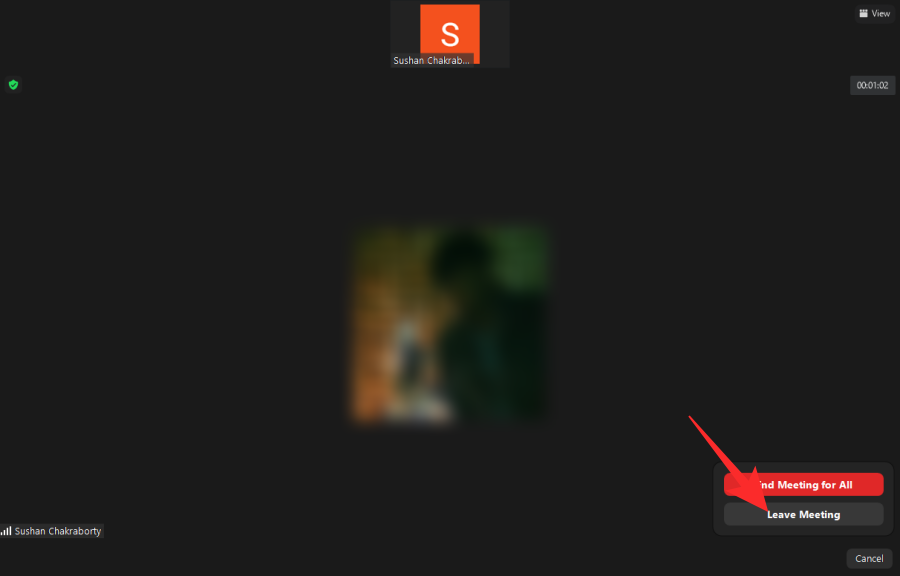
Дайте име на този файл и запазете разширенията му като .bat . След това щракнете върху падащото меню до Запиши като тип .
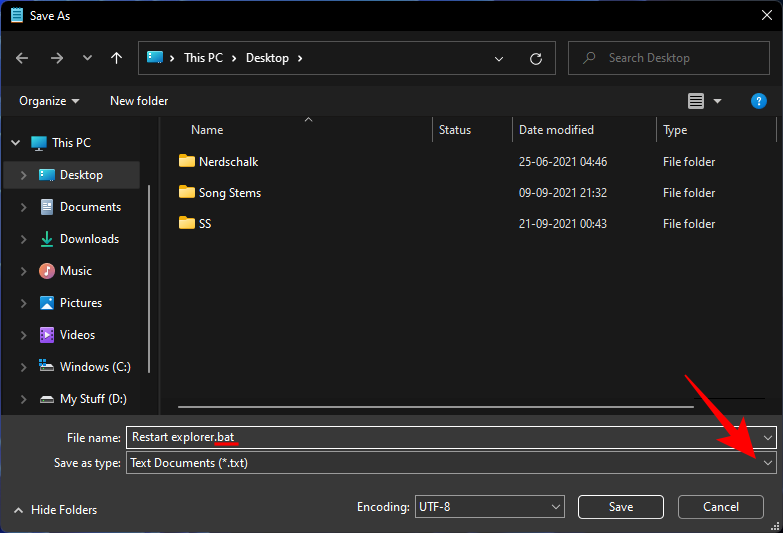
Изберете Всички файлове .
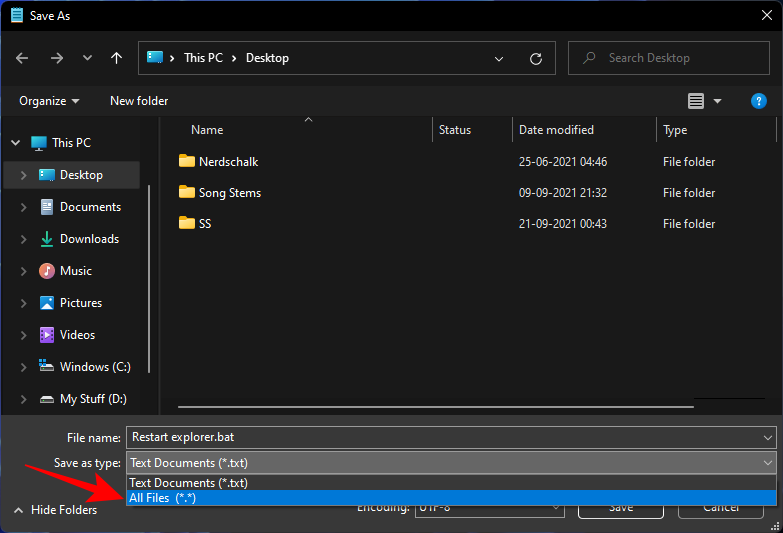
След това щракнете върху Запиши .
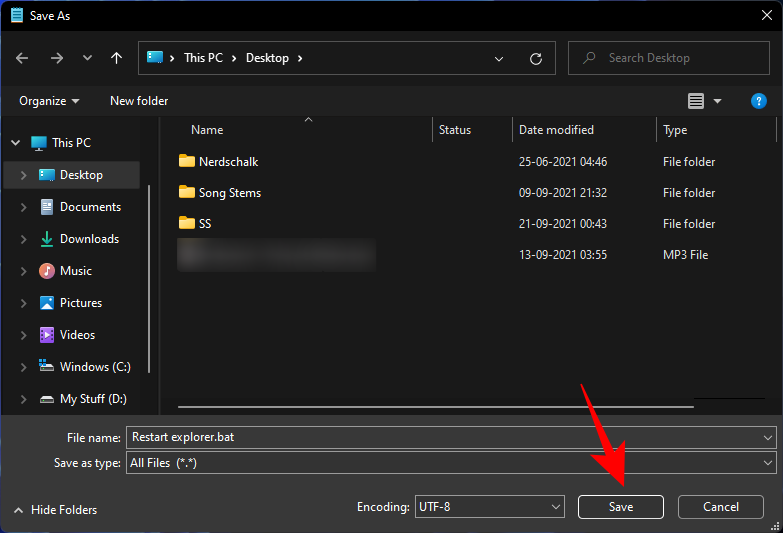
Вашият пакетен файл за рестартиране на Windows Explorer вече е създаден на работния плот. Всеки път, когато трябва да рестартирате Windows Explorer, просто щракнете двукратно върху този .bat файл.
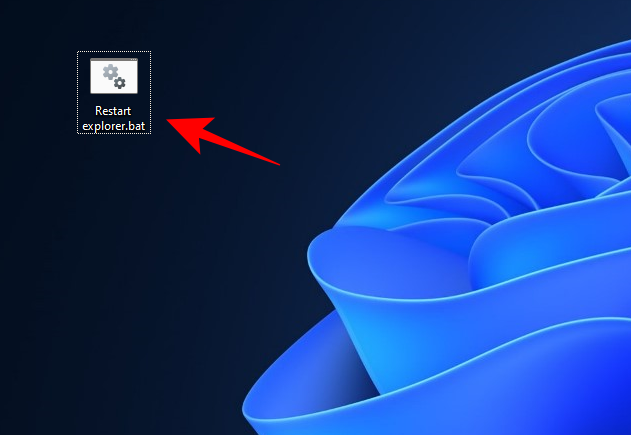
Ако гореспоменатите методи ви се струват твърде сложни, можете да добавите опция за рестартиране на Windows Explorer към контекстното меню за по-лесен достъп. За да направите това обаче, ще трябва да създадете файл на системния регистър, специфичен за задачата. Ето как да го направите:
Отворете текстов документ (файл на Notepad), както е показано по-горе. След това въведете следното:
Windows Registry Editor Version 5.00
[HKEY_CLASSES_ROOT\DesktopBackground\Shell\Restart Explorer]
"icon"="explorer.exe"
"Position"="Bottom"
"SubCommands"=""
[HKEY_CLASSES_ROOT\DesktopBackground\Shell\Restart Explorer\shell\01menu]
"MUIVerb"="Restart Explorer Now"
[HKEY_CLASSES_ROOT\DesktopBackground\Shell\Restart Explorer\shell\01menu\command]
@=hex(2):63,00,6d,00,64,00,2e,00,65,00,78,00,65,00,20,00,2f,00,63,00,20,00,74,\
00,61,00,73,00,6b,00,6b,00,69,00,6c,00,6c,00,20,00,2f,00,66,00,20,00,2f,00,\
69,00,6d,00,20,00,65,00,78,00,70,00,6c,00,6f,00,72,00,65,00,72,00,2e,00,65,\
00,78,00,65,00,20,00,20,00,26,00,20,00,73,00,74,00,61,00,72,00,74,00,20,00,\
65,00,78,00,70,00,6c,00,6f,00,72,00,65,00,72,00,2e,00,65,00,78,00,65,00,00,\
00
[HKEY_CLASSES_ROOT\DesktopBackground\Shell\Restart Explorer\shell\02menu]
"MUIVerb"="Restart Explorer with Pause"
"CommandFlags"=dword:00000020
[HKEY_CLASSES_ROOT\DesktopBackground\Shell\Restart Explorer\shell\02menu\command]
@=hex(2):63,00,6d,00,64,00,2e,00,65,00,78,00,65,00,20,00,2f,00,63,00,20,00,40,\
00,65,00,63,00,68,00,6f,00,20,00,6f,00,66,00,66,00,20,00,26,00,20,00,65,00,\
63,00,68,00,6f,00,2e,00,20,00,26,00,20,00,65,00,63,00,68,00,6f,00,20,00,53,\
00,74,00,6f,00,70,00,70,00,69,00,6e,00,67,00,20,00,65,00,78,00,70,00,6c,00,\
6f,00,72,00,65,00,72,00,2e,00,65,00,78,00,65,00,20,00,70,00,72,00,6f,00,63,\
00,65,00,73,00,73,00,20,00,2e,00,20,00,2e,00,20,00,2e,00,20,00,26,00,20,00,\
65,00,63,00,68,00,6f,00,2e,00,20,00,26,00,20,00,74,00,61,00,73,00,6b,00,6b,\
00,69,00,6c,00,6c,00,20,00,2f,00,66,00,20,00,2f,00,69,00,6d,00,20,00,65,00,\
78,00,70,00,6c,00,6f,00,72,00,65,00,72,00,2e,00,65,00,78,00,65,00,20,00,26,\
00,20,00,65,00,63,00,68,00,6f,00,2e,00,20,00,26,00,20,00,65,00,63,00,68,00,\
6f,00,2e,00,20,00,26,00,20,00,65,00,63,00,68,00,6f,00,20,00,57,00,61,00,69,\
00,74,00,69,00,6e,00,67,00,20,00,74,00,6f,00,20,00,73,00,74,00,61,00,72,00,\
74,00,20,00,65,00,78,00,70,00,6c,00,6f,00,72,00,65,00,72,00,2e,00,65,00,78,\
00,65,00,20,00,70,00,72,00,6f,00,63,00,65,00,73,00,73,00,20,00,77,00,68,00,\
65,00,6e,00,20,00,79,00,6f,00,75,00,20,00,61,00,72,00,65,00,20,00,72,00,65,\
00,61,00,64,00,79,00,20,00,2e,00,20,00,2e,00,20,00,2e,00,20,00,26,00,20,00,\
70,00,61,00,75,00,73,00,65,00,20,00,26,00,26,00,20,00,73,00,74,00,61,00,72,\
00,74,00,20,00,65,00,78,00,70,00,6c,00,6f,00,72,00,65,00,72,00,2e,00,65,00,\
78,00,65,00,20,00,26,00,26,00,20,00,65,00,78,00,69,00,74,00,00,00
За да опростите процеса, просто копирайте горното и го поставете във файла на бележника.
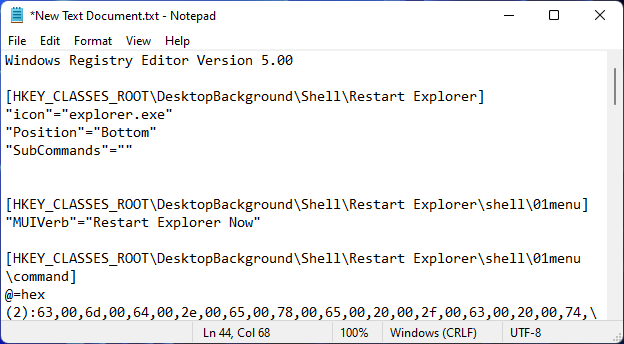
След това щракнете върху Файл .

Изберете Запиши като .
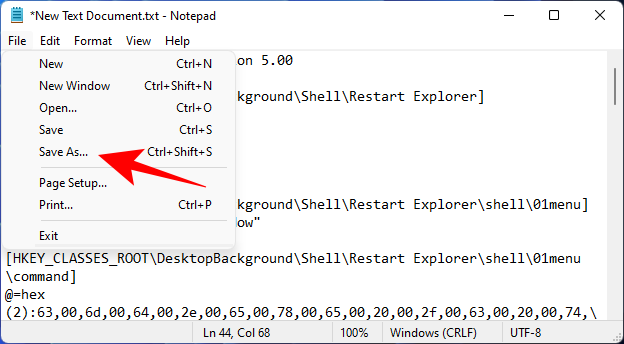
Дайте име на този файл и го завършете с .reg . След това щракнете върху падащото меню до Запиши като тип .
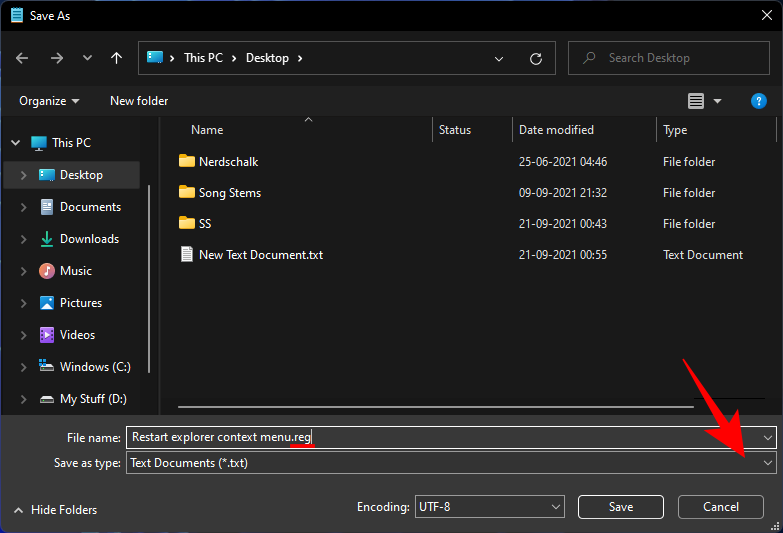
Изберете Всички файлове .
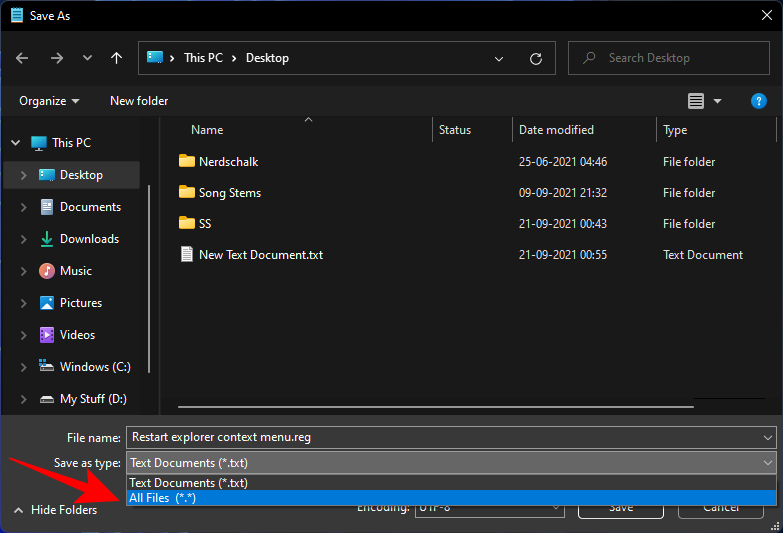
Щракнете върху Save .

Сега щракнете двукратно върху този новосъздадения файл на системния регистър.
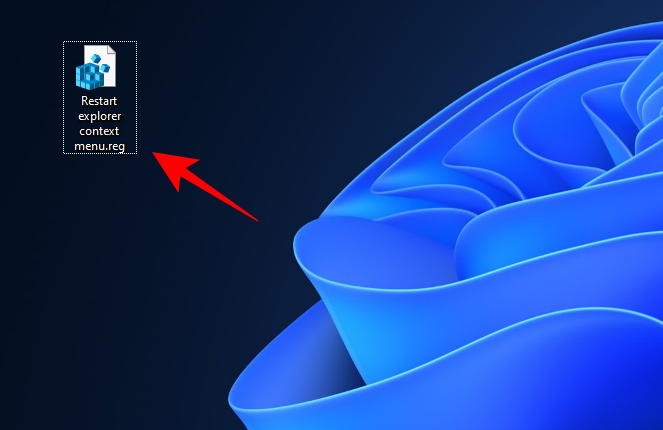
When prompted, click Yes.
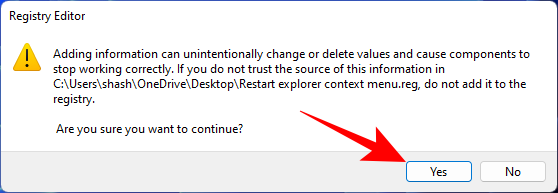
You will now get a confirmation message that the keys and values in this file are successfully added to the registry. Click OK.
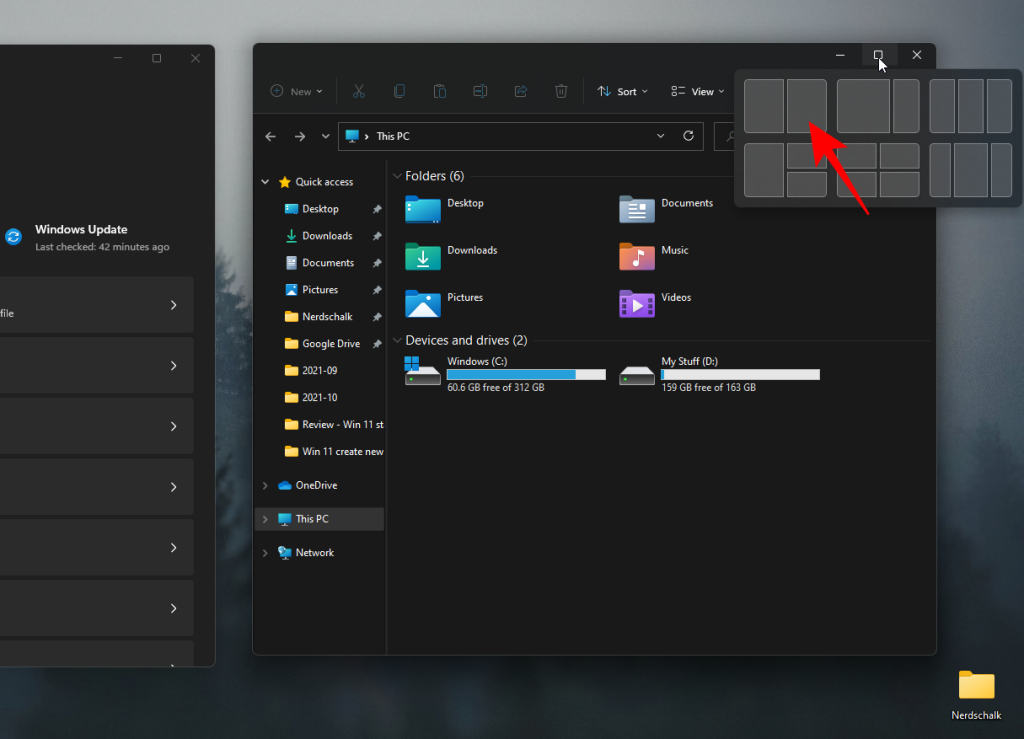
To see the new context menu option to Restart Windows Explorer, right-click on the desktop and select Show more options.
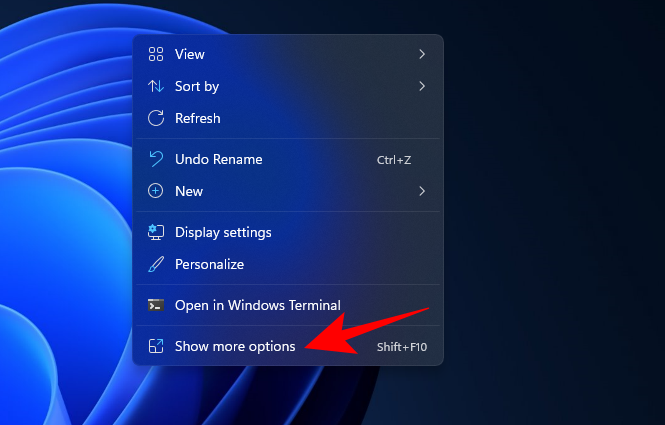
The option to Restart Explorer will be at the bottom. Hover over it to get the options to Restart Explorer Now or Restart Explorer with Pause.
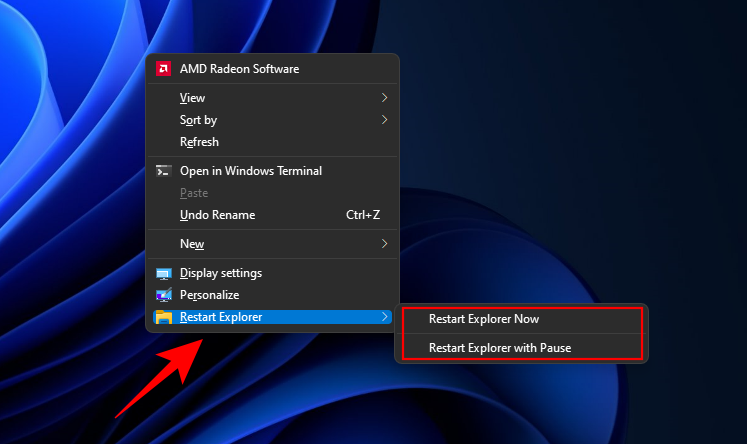
If you’d like to remove this option, create a notepad file and paste the content mentioned below in it.
Windows Registry Editor Version 5.00
[-HKEY_CLASSES_ROOT\DesktopBackground\Shell\Restart Explorer]

Then click on File > Save as.
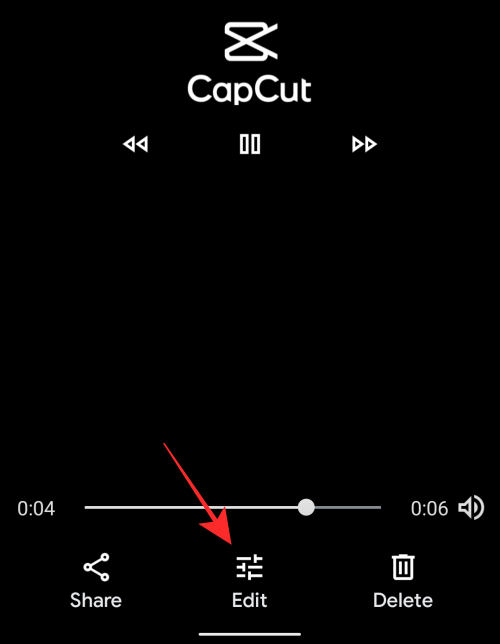
Save the file as a .reg file as we did before and save file type as ‘All files’. Then click Save.
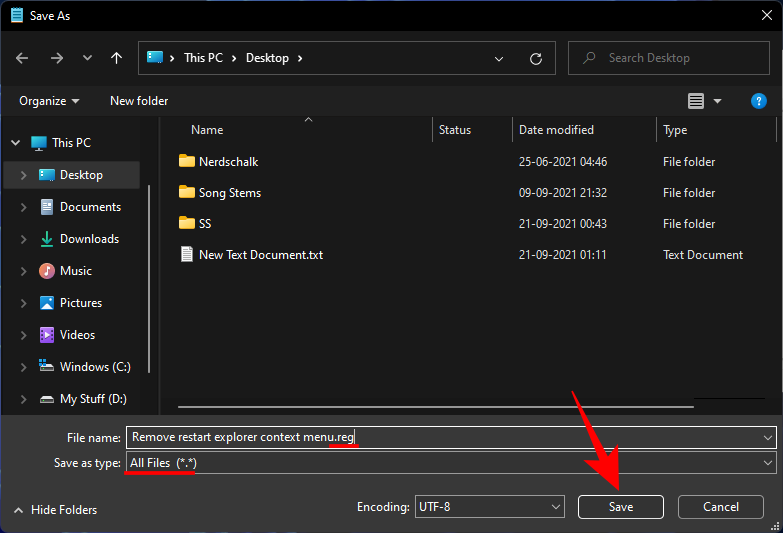
Then double-click this newly created registry file.
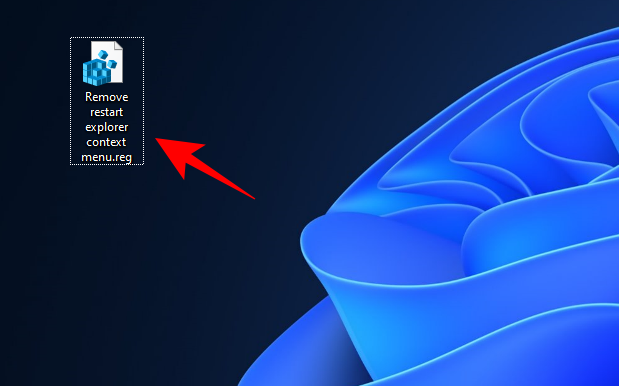
When prompted, click Yes, then click OK.

The option to restart Explorer from the Context Menu will no longer be available.
Fix: Windows Explorer has stopped working
The number one fix to Windows Explorer problems is to restart Windows Explorer using any of the methods mentioned above. This gives all the visual elements of the user shell a soft reboot, allowing them to load the data again and fix any issues that they might be having.
But there are a few other potential fixes that you may want to check out as well. Here they are:
Run SFC scan
Windows Explorer may be encountering issues due to corrupt system files. Here’s how you can check for the same and fix it:
Press Start, type cmd, and click on Run as administrator.

Now type the following command:
sfc /scannow

Then press Enter. This will start the System File Checker scan. You may have to wait a while before the process is finished.
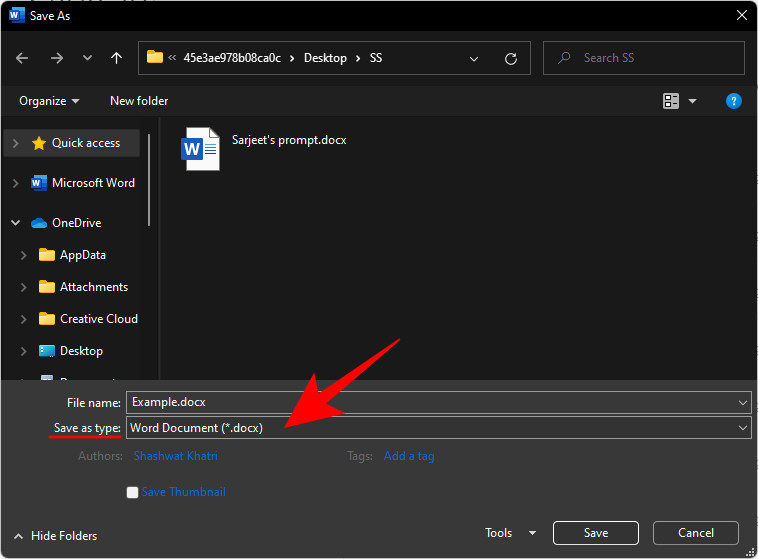
SFC Scan will find any potential problems and fix them for you.
Reboot in Safe Mode to identify the problem
Sometimes, corrupt third-party applications may be the cause of the problem. But to make sure this is the case, we have to reboot the PC in Safe Mode first. Here’s how to do so:
Press Start and click on the ‘Power’ button.

Then, while holding down the ‘Shift’ key, click on Restart.

Now, while the computer is restarting, you will be taken to the Advanced Restart options. Select Troubleshoot.
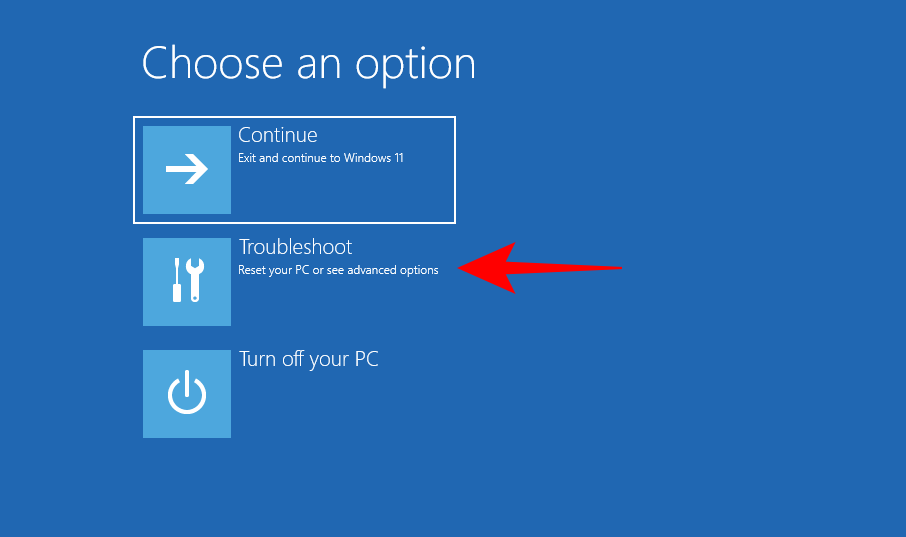
Click on Advanced options.
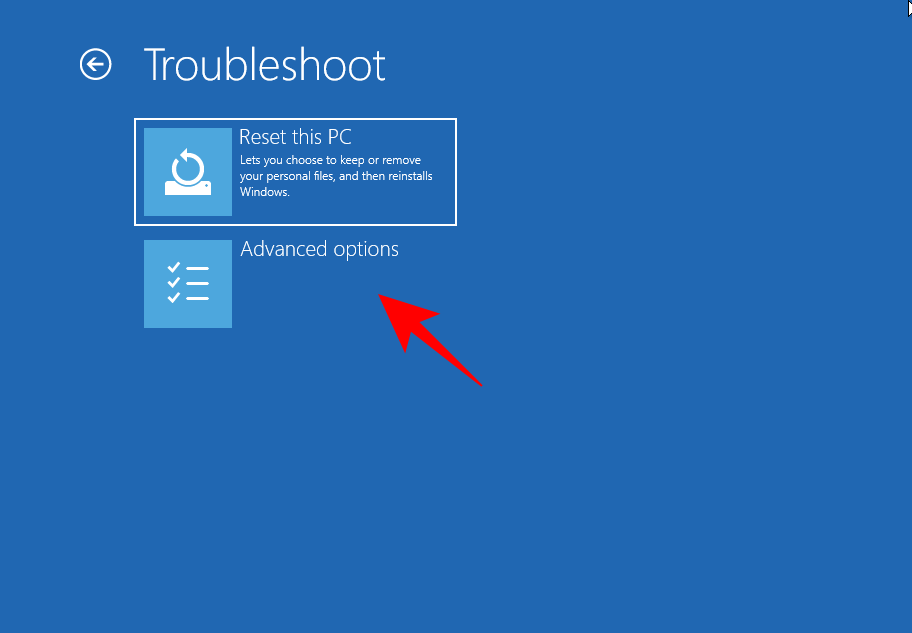
Click on Startup Settings.
Click Restart.
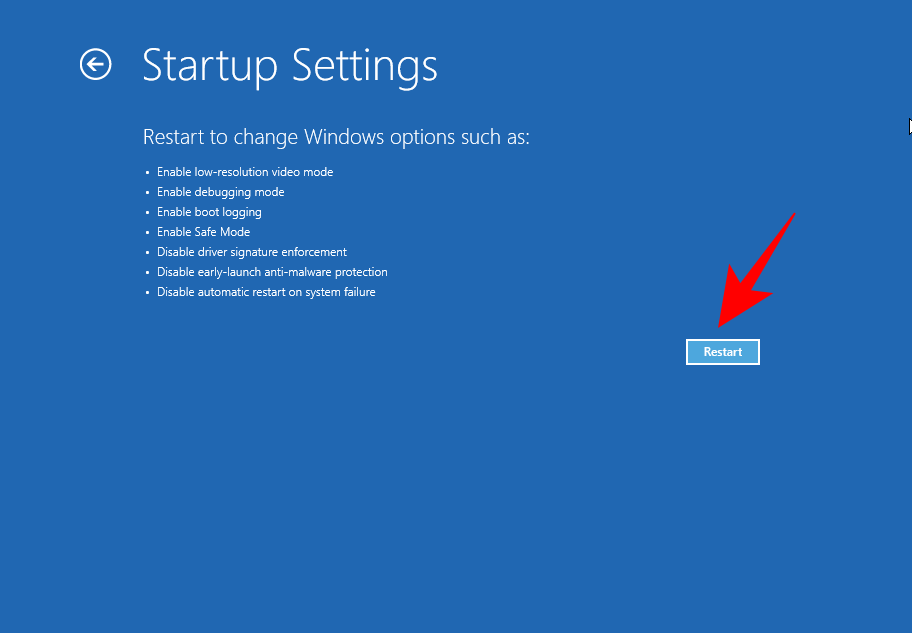
Now press the number that corresponds to Enable Safe Mode with Networking.
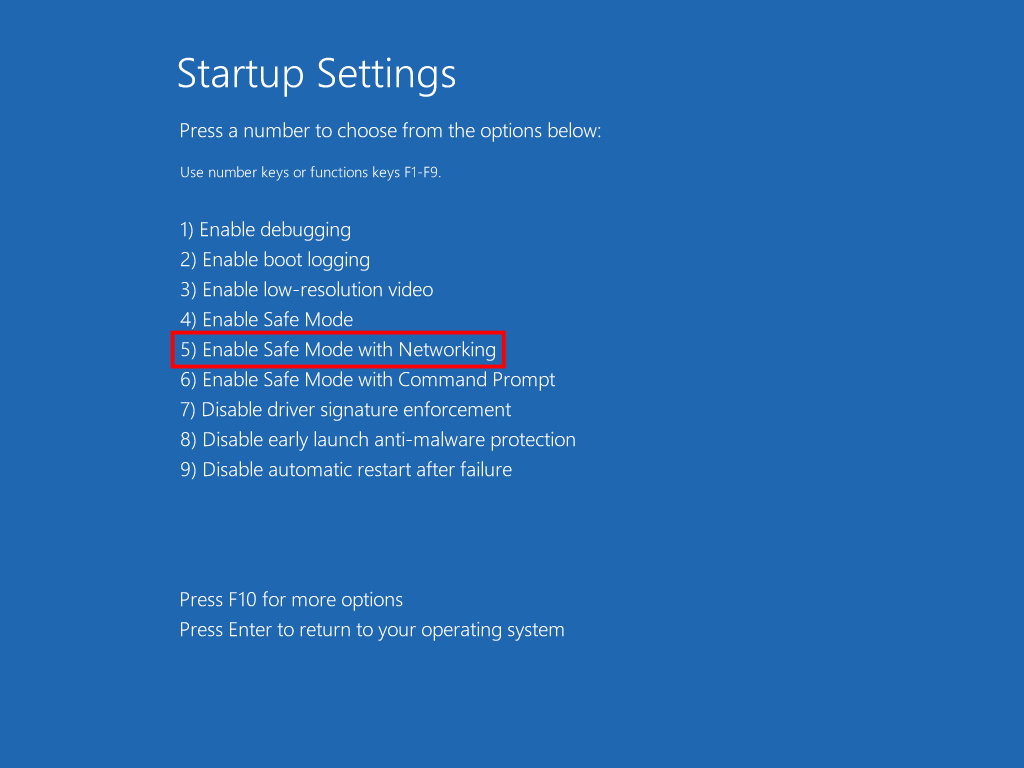
Check if the problem still persists in Safe Mode. If it does, here’s what you need to do.
Boot the computer back up normally, then press Start, type msconfig, and click on Run as administrator.
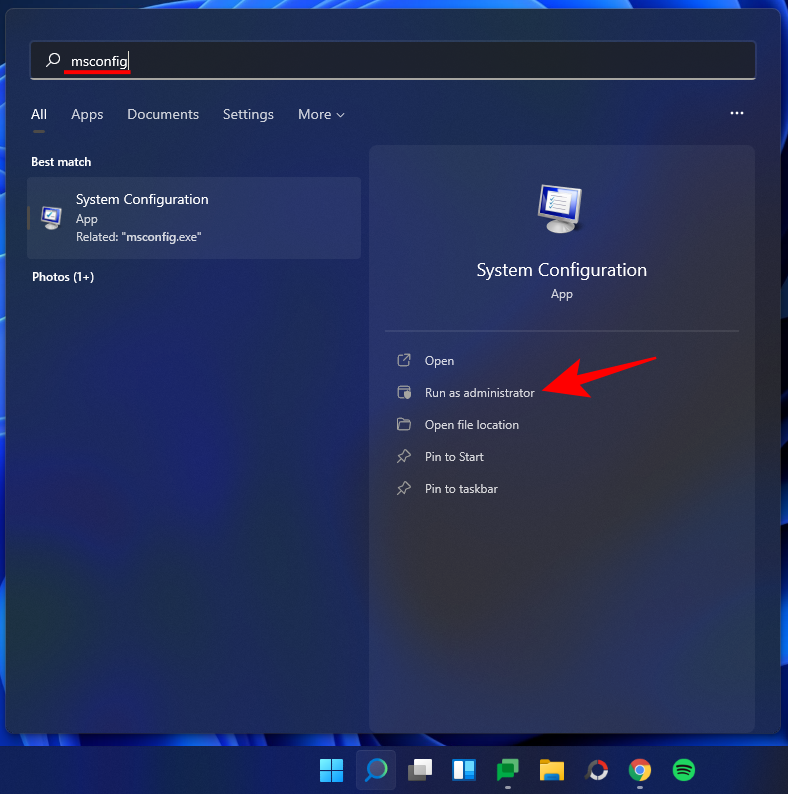
Under the ‘General’ tab, make sure to select Selective startup, but uncheck Load startup items.
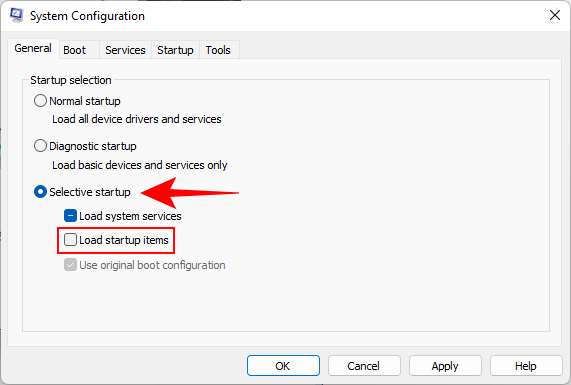
Then switch over to the ‘Services’ tab.
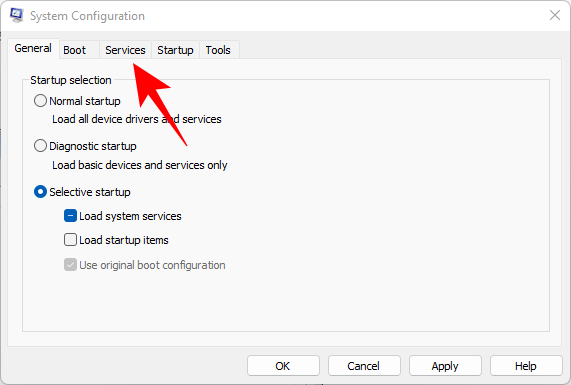
Here, click on Hide all Microsoft services at the bottom to select it. Then click Disable all.
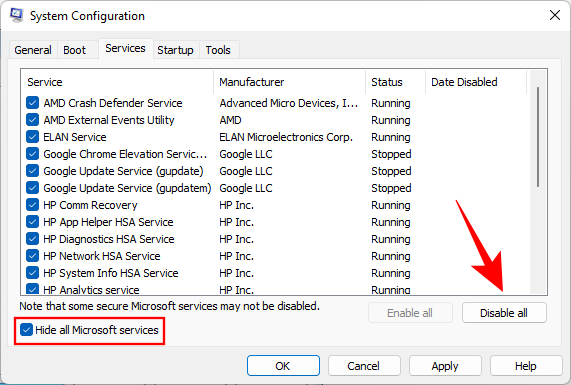
Click OK.
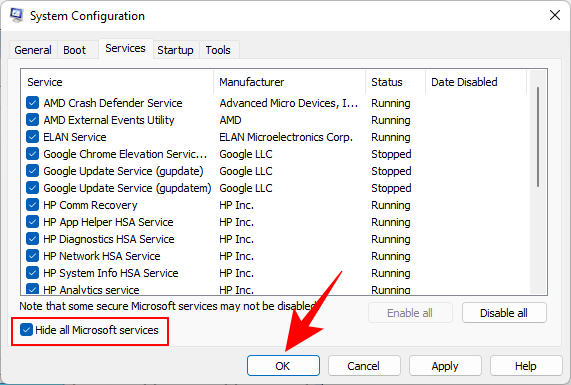
Restart your PC normally. If Windows Explorer is working fine, then the issue was caused most likely by a third-party app. You may need to hunt down exactly which program was interfering with the proper functioning of Windows Explorer.
We recommend uninstalling any recent apps that you may have installed around the time when this problem started to appear.
Scan for viruses
You should definitely run a full virus scan with your anti-virus program to find any viruses or malware lurking in your computer. Viruses come in various kinds and have the capacity to wreak havoc on your system, and a non-functioning Windows Explorer is one of the major symptoms.
Frequently Asked Questions (FAQs)
Windows Explorer is tied to a variety of visual elements that we as users interact with on a daily basis. It is only natural then to have questions about its functioning and what all you can do after you end or restart it. Here we answer a few commonly asked queries so you have all the information you need to make adjustments to Windows Explorer.
Is it safe to end Windows Explorer?
Yes, it is safe to end Windows Explorer. Doing so won’t lead to any problems. In fact, it may possibly fix the problems its elements may be experiencing. However, if you only end Windows Explorer without starting it up back again, you won’t have access to those very elements that have made Windows 11 stand out from its predecessors.
How often should I restart Windows Explorer?
Under normal circumstances, you won’t need to restart Windows Explorer at all. One of the main reasons why people restart Windows Explorer is when they’ve made changes to the registry the HKEY_CURRENT_USER registry key and need to see the changes implemented.
Other than that, Windows Explorer will require a soft reboot if one or more of its elements begin to malfunction. But if you’re constantly having to restart Windows Explorer, the problem may be found elsewhere. Refer to our fixes above to sort this issue.
Why does Windows Explorer keep crashing?
There are a few reasons why Windows Explorer may not be working as usual. But viruses within third-party applications downloaded from unknown or untrustworthy sources is one of the common cause for this. Windows Update too can introduce Explorer bugs with recent updates, especially if you’re on the Dev channel, although it’s not often the case.
Is any data lost when restarting Windows Explorer?
No, your data is not lost when you restart Windows Explorer. All your files and applications will return to the state in which they were when you restarted Windows Explorer. The only elements that are impacted are the UI elements that are dependent on Windows Explorer, such as the desktop, the Start Menu, File Explorer, and the taskbar.
Do copy paste keep working or get stopped?
Yes, the copy-paste function still keeps working when you end or restart Windows Explorer.
Can you reopen the same windows again after restarting Windows Explorer?
Yes, you can open the same windows again after restarting Windows Explorer. However, if you were using File Explorer to navigate through your drives and folders, you will have to open it up from the beginning and get to the folders you were accessing when you restarted Windows Explorer.
So these were the ways that you can restart Windows Explorer and when you should be doing so. We hope you now have a better understanding of the processes of Windows Explorer and the ways to manage them.
RELATED

